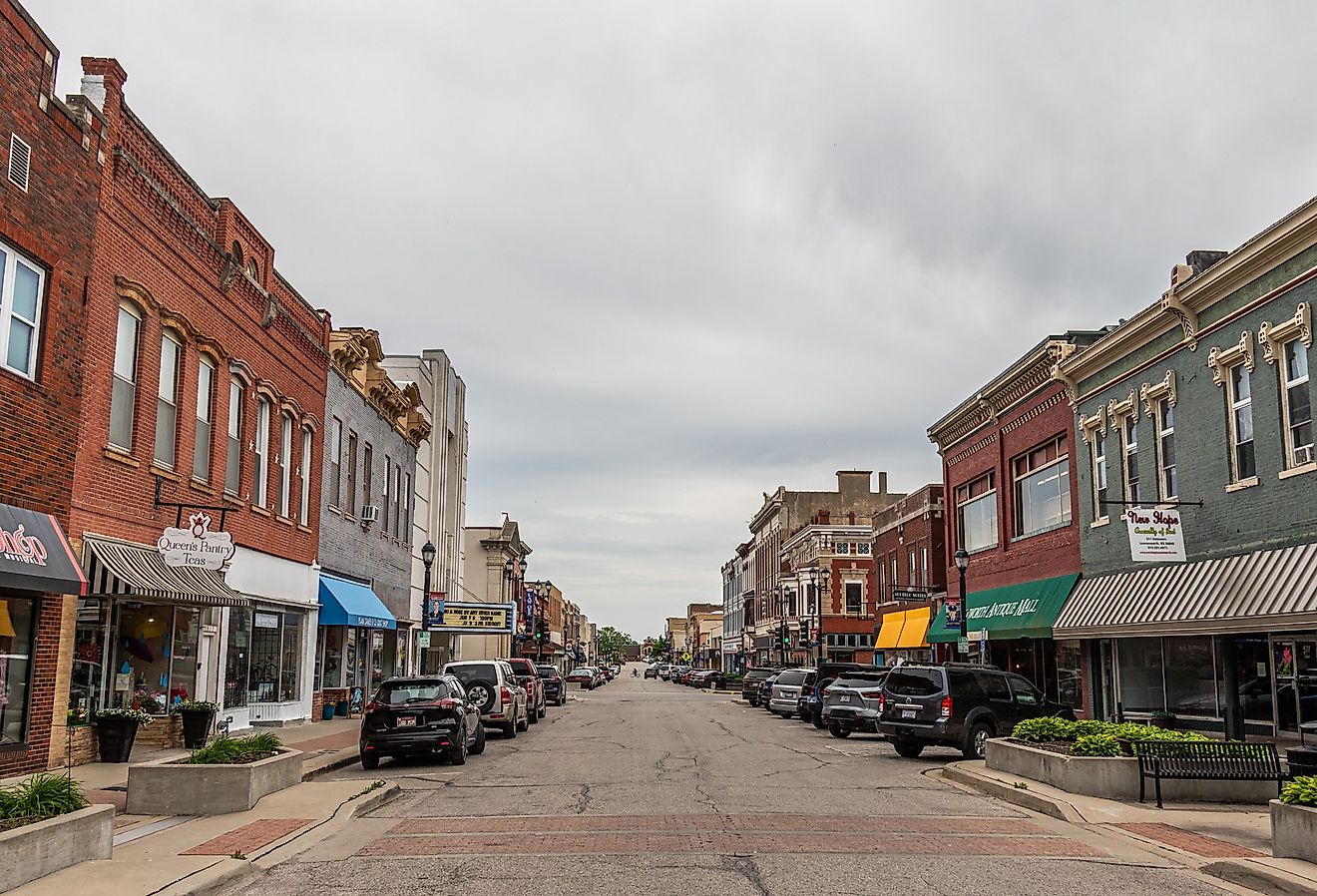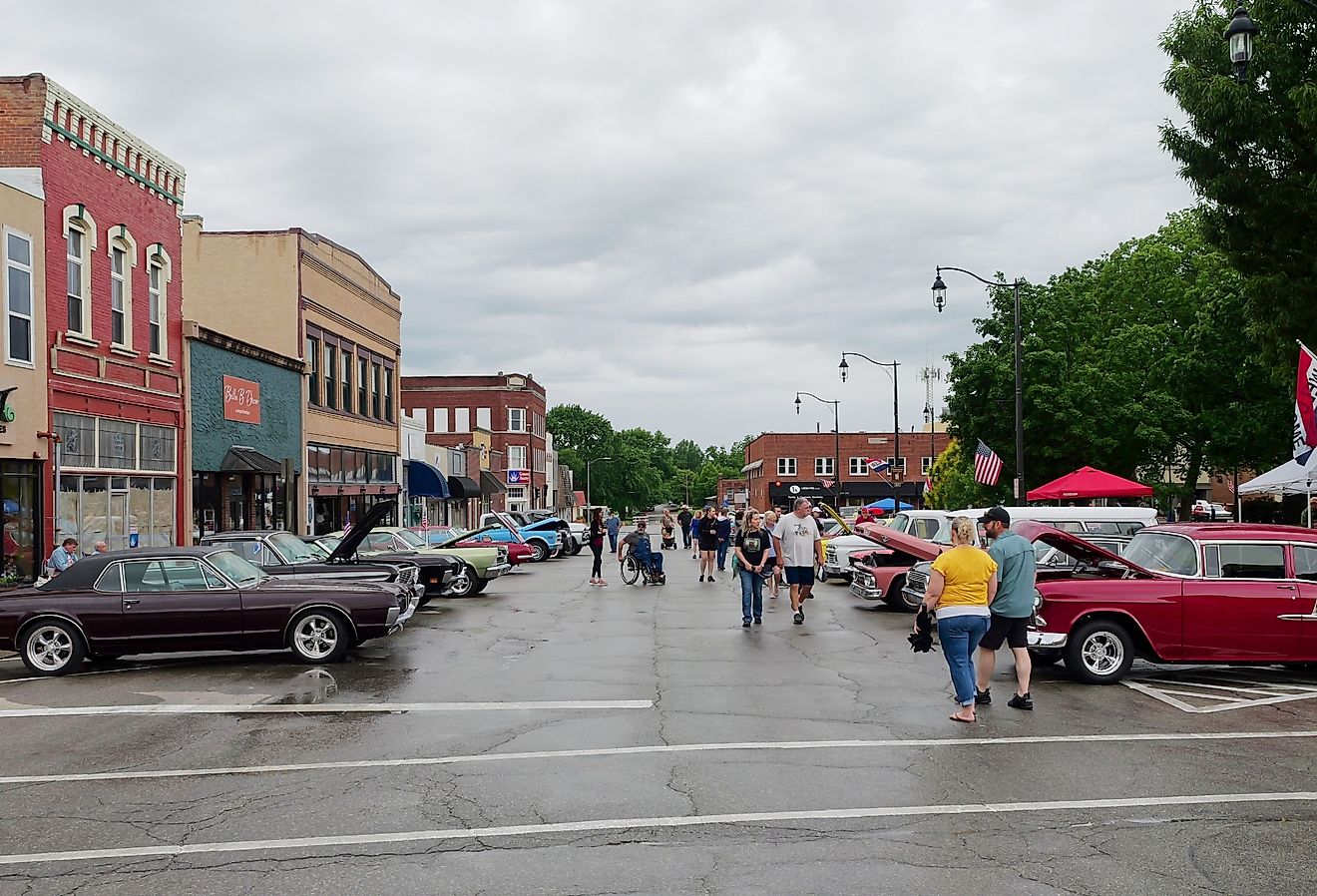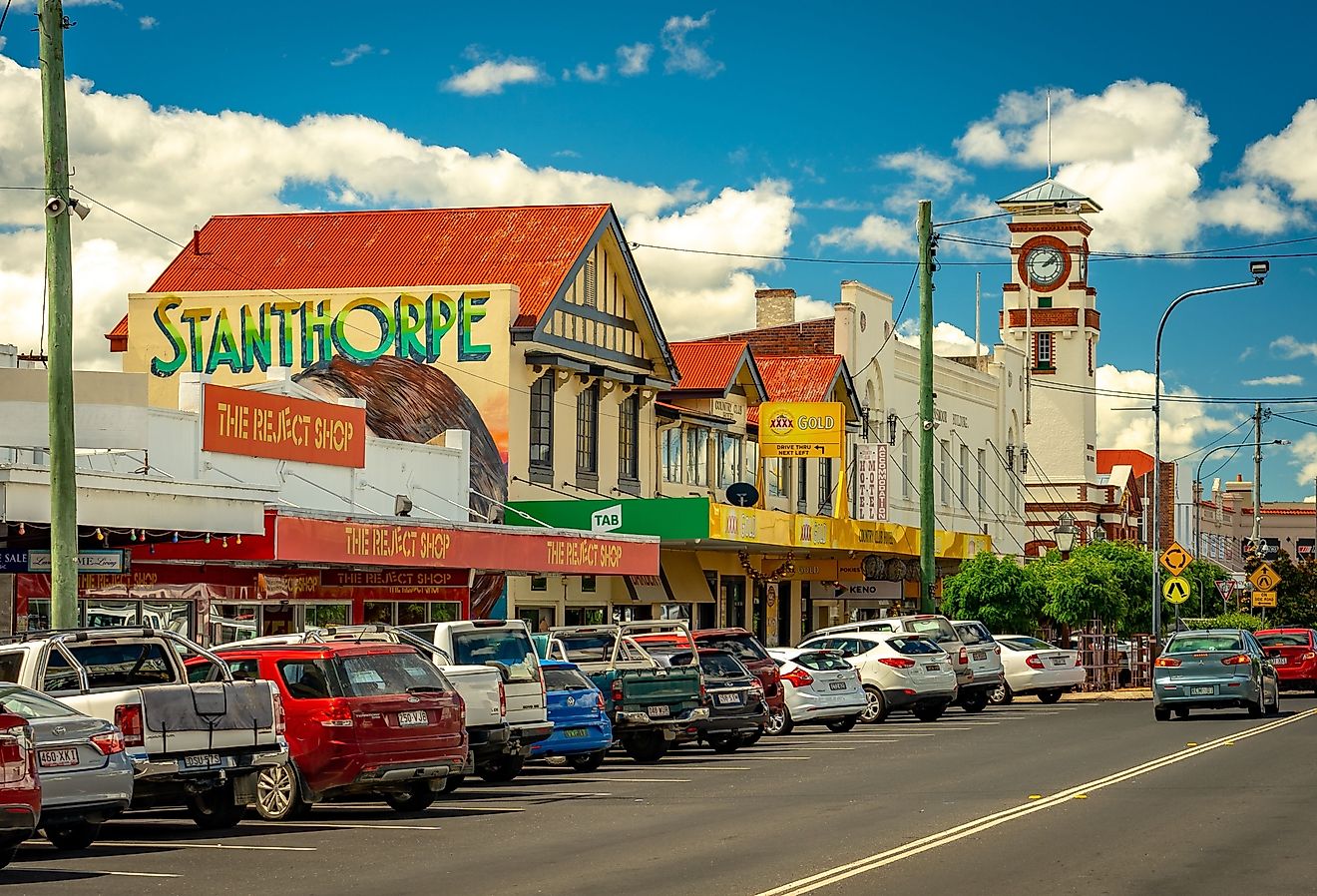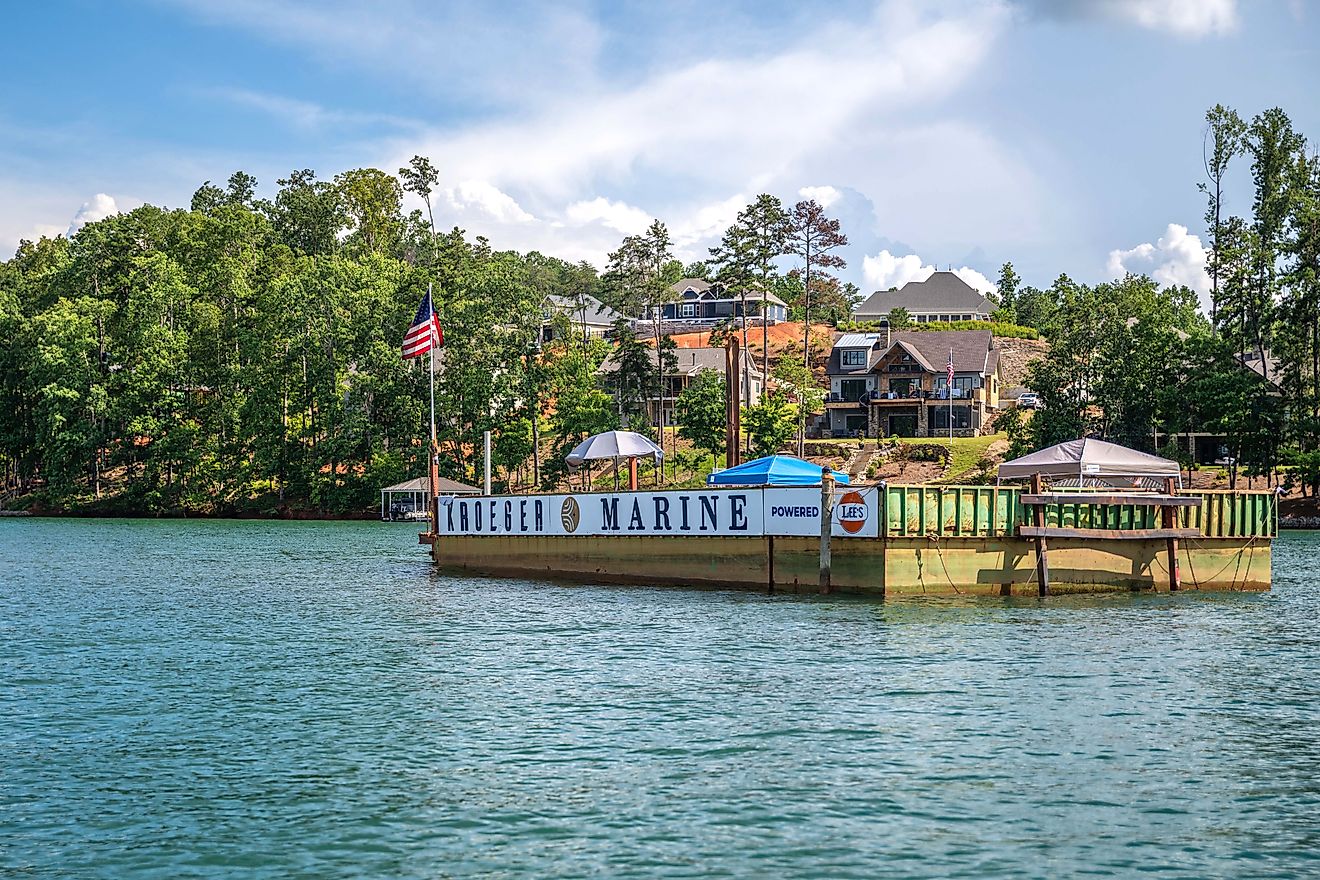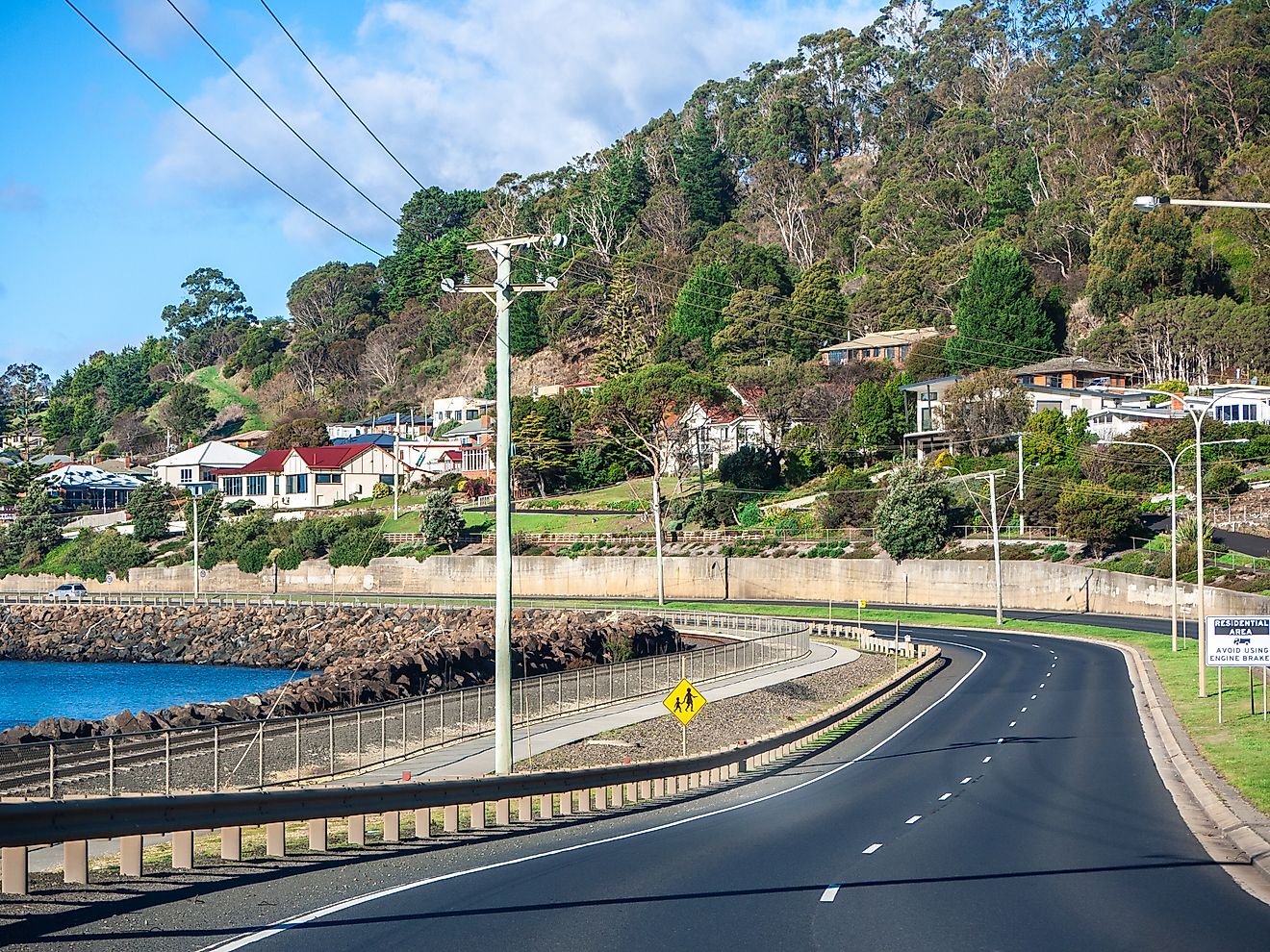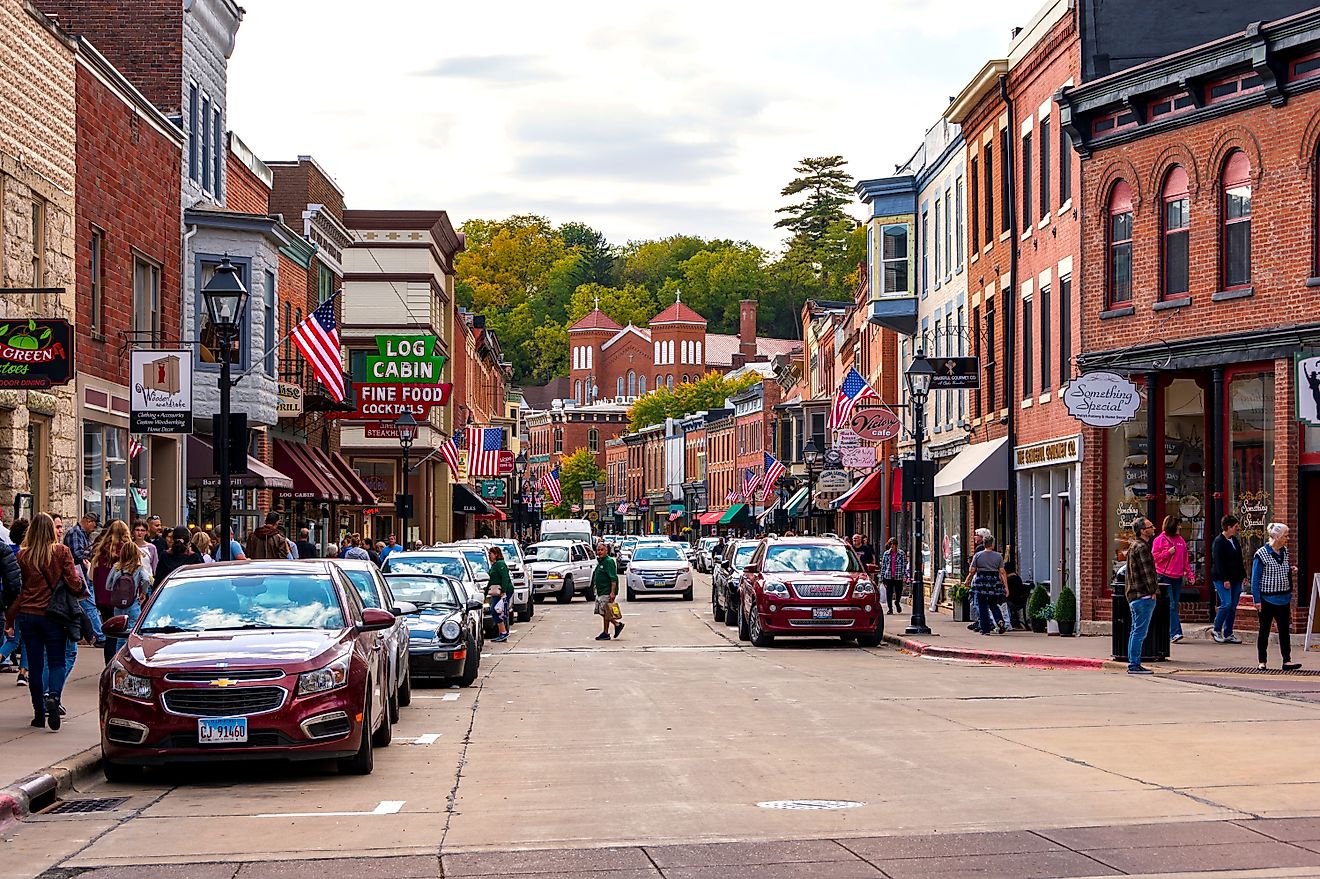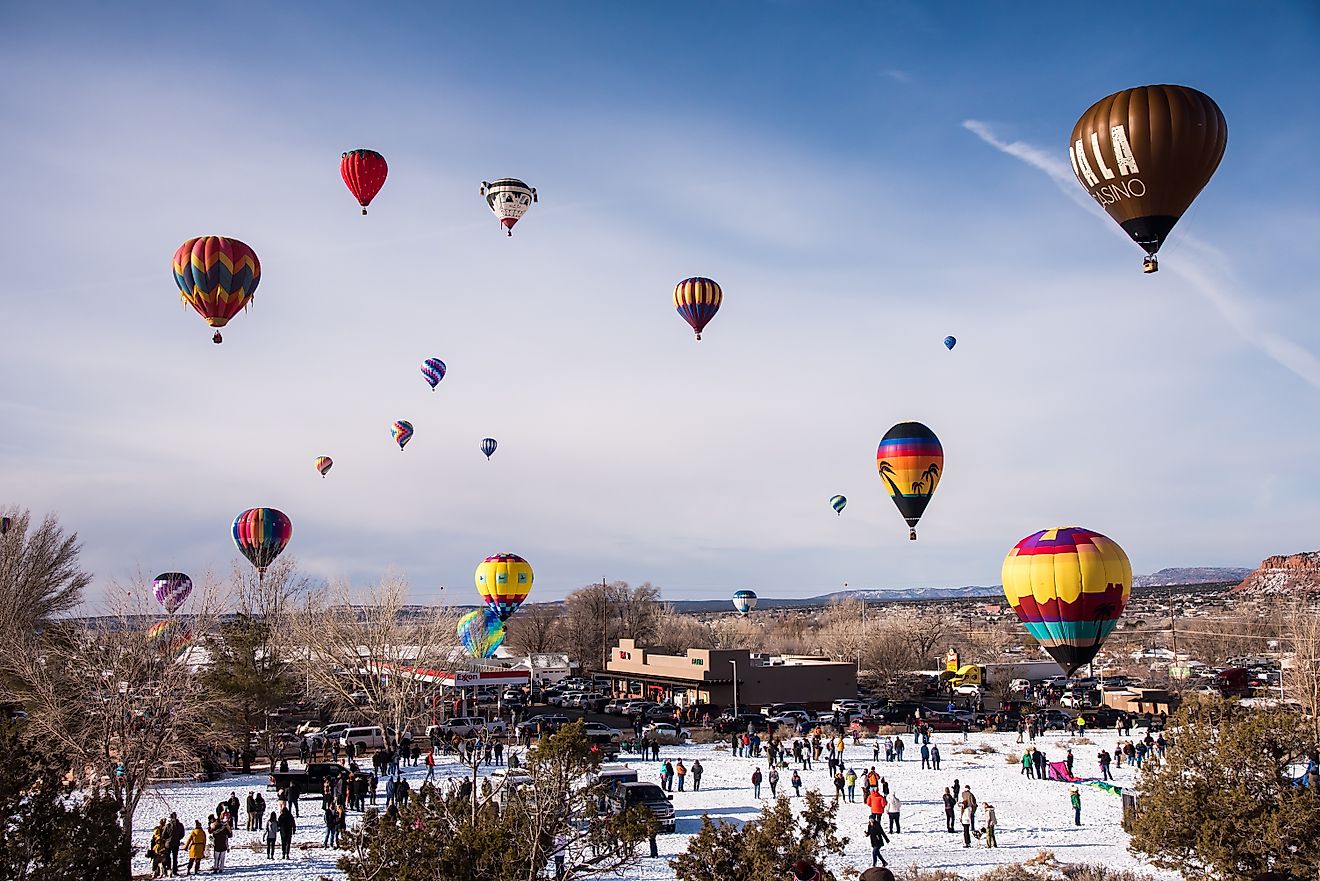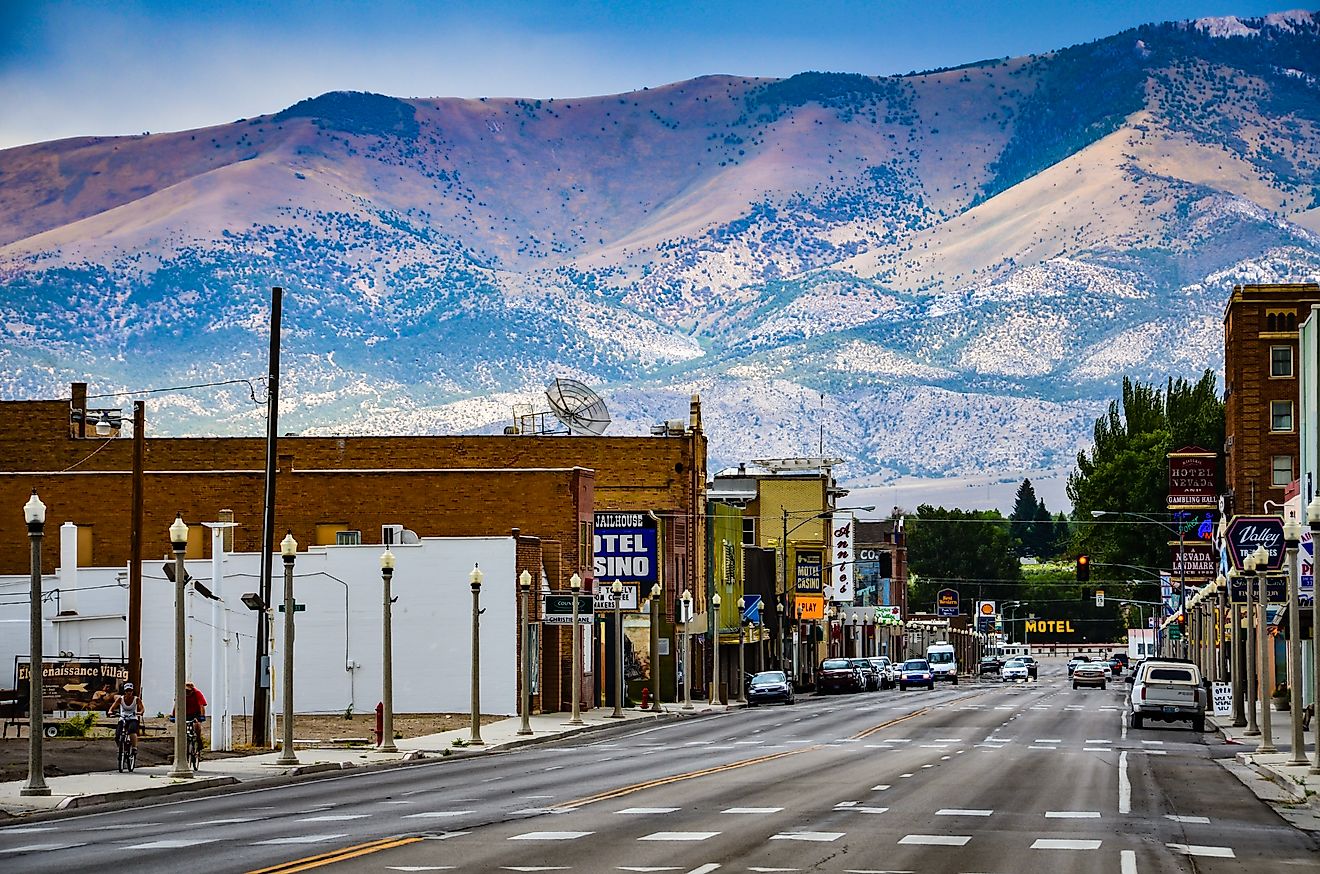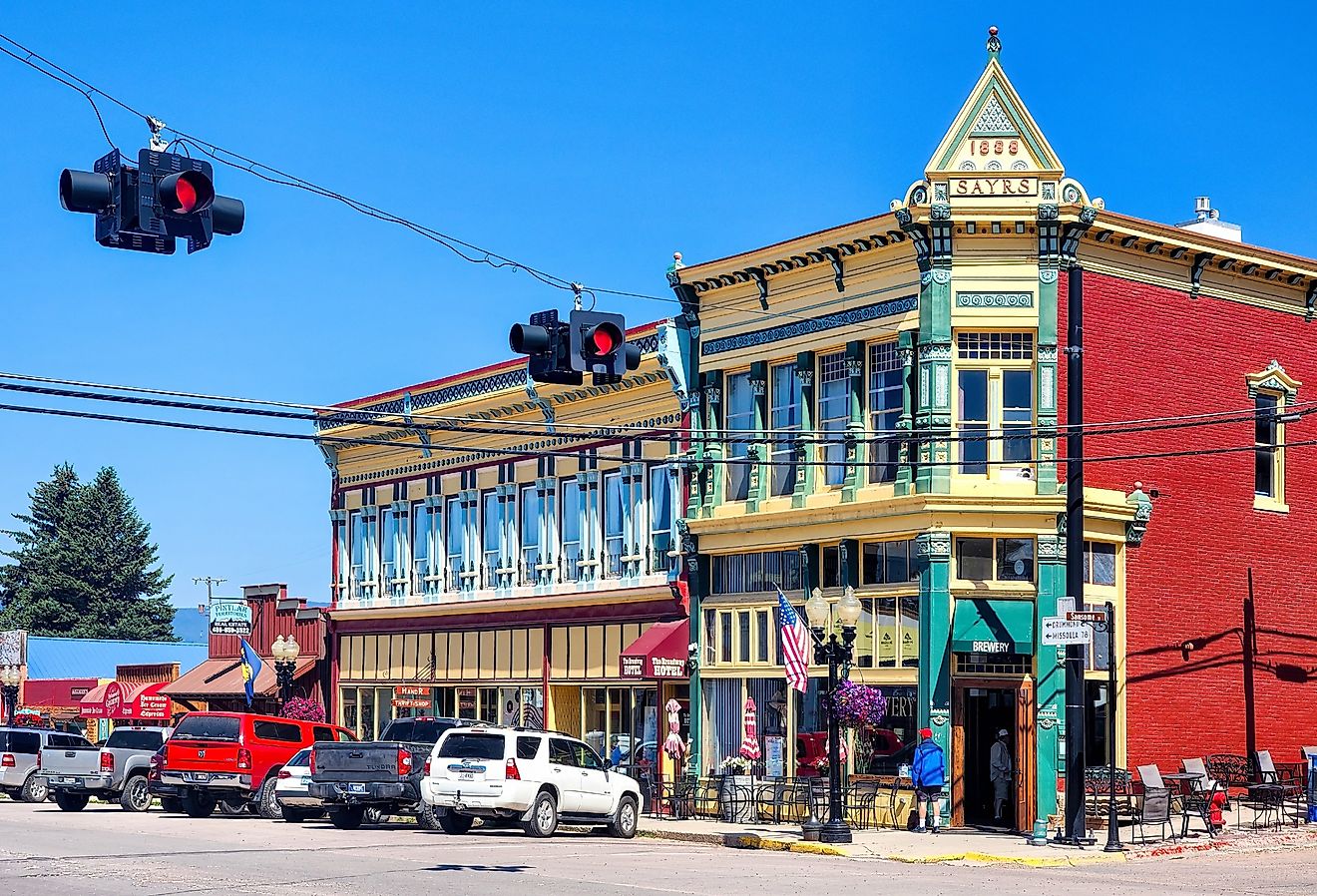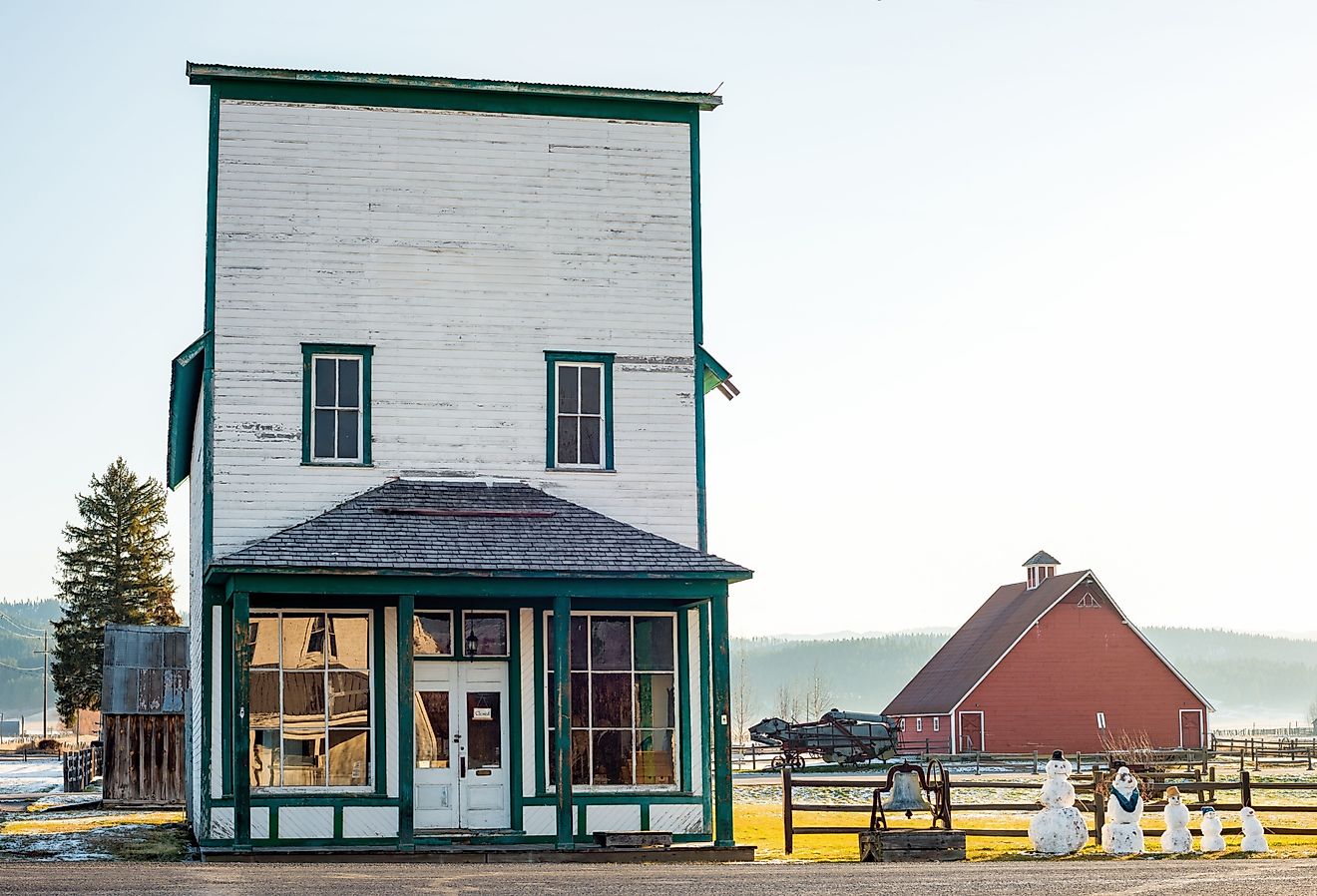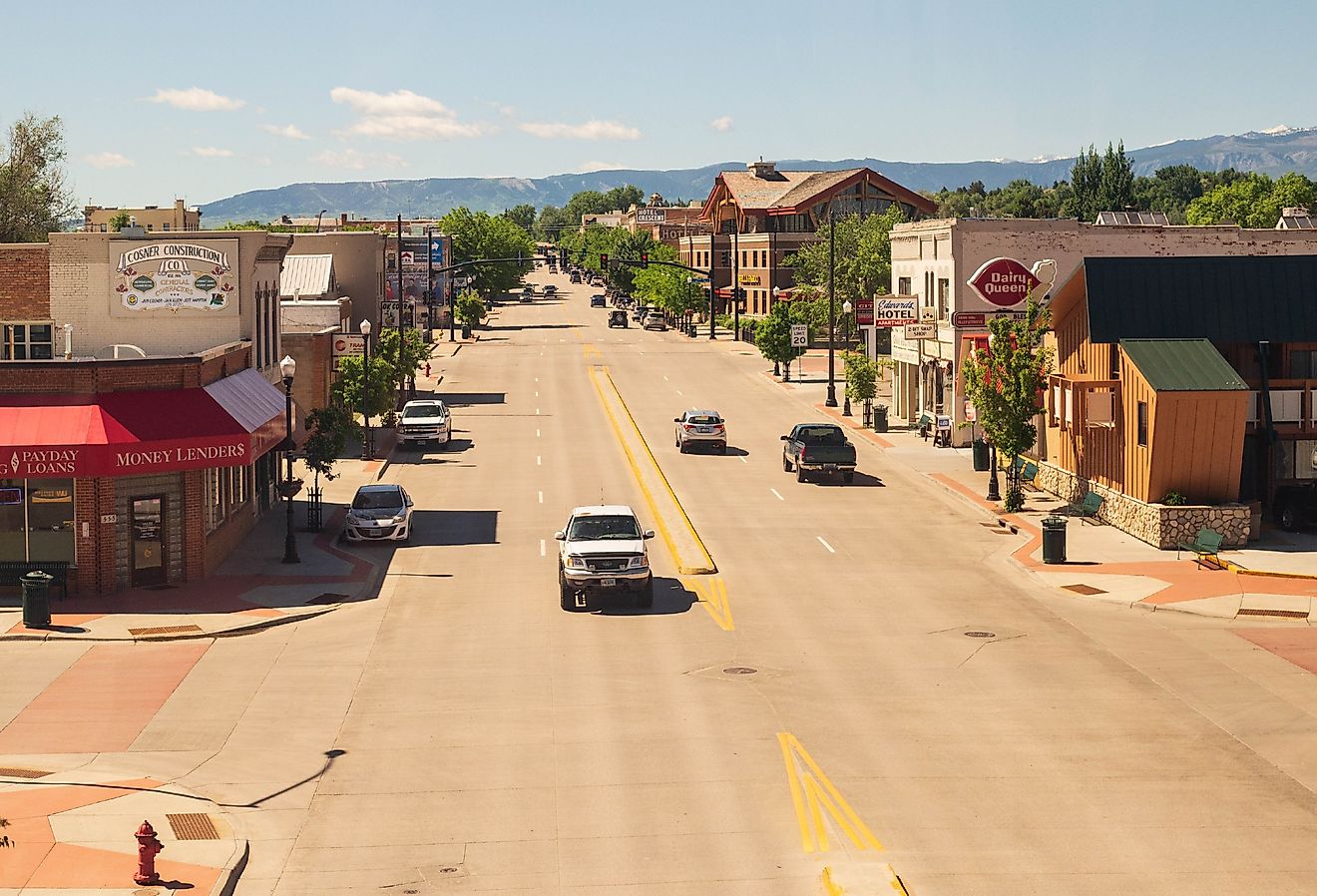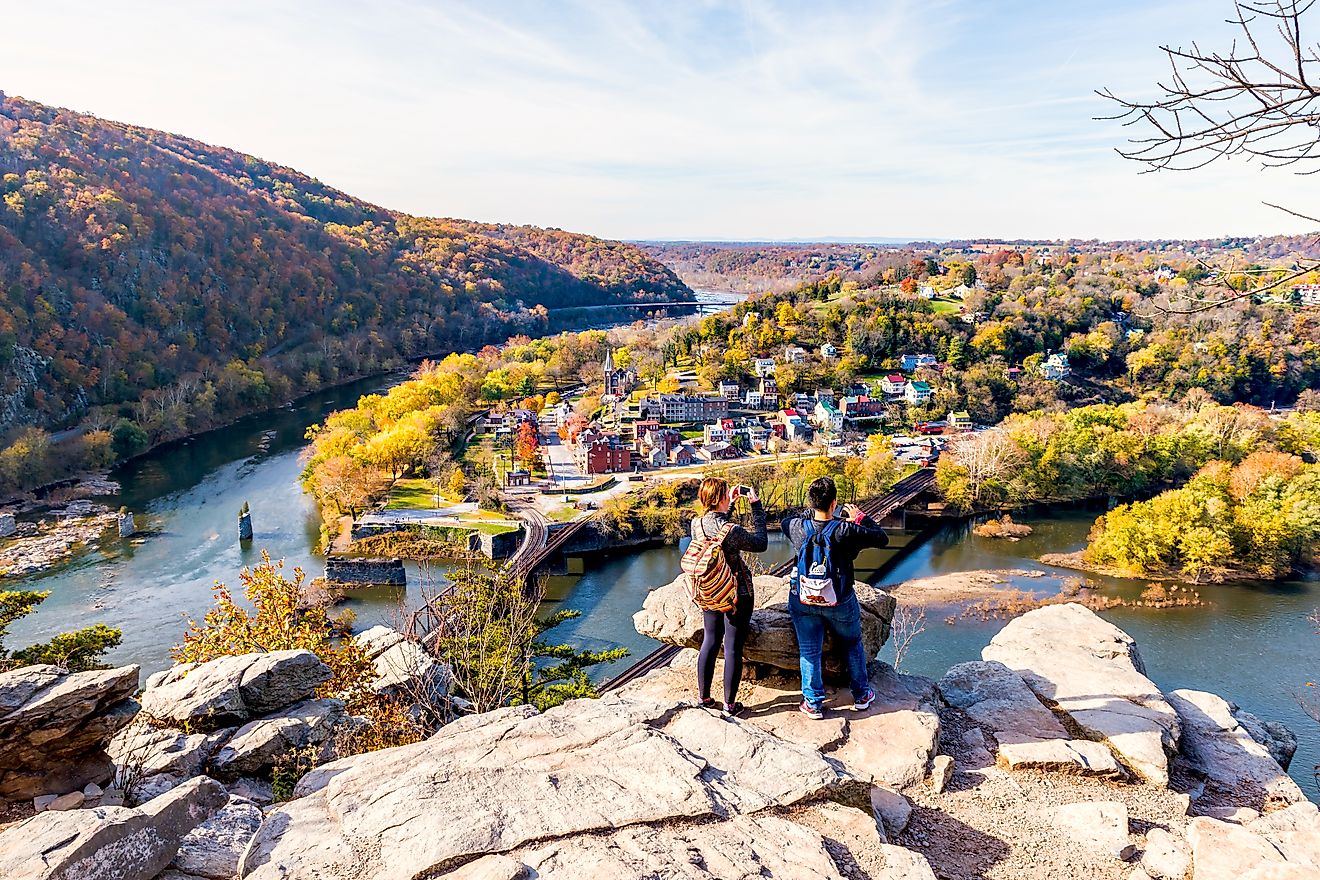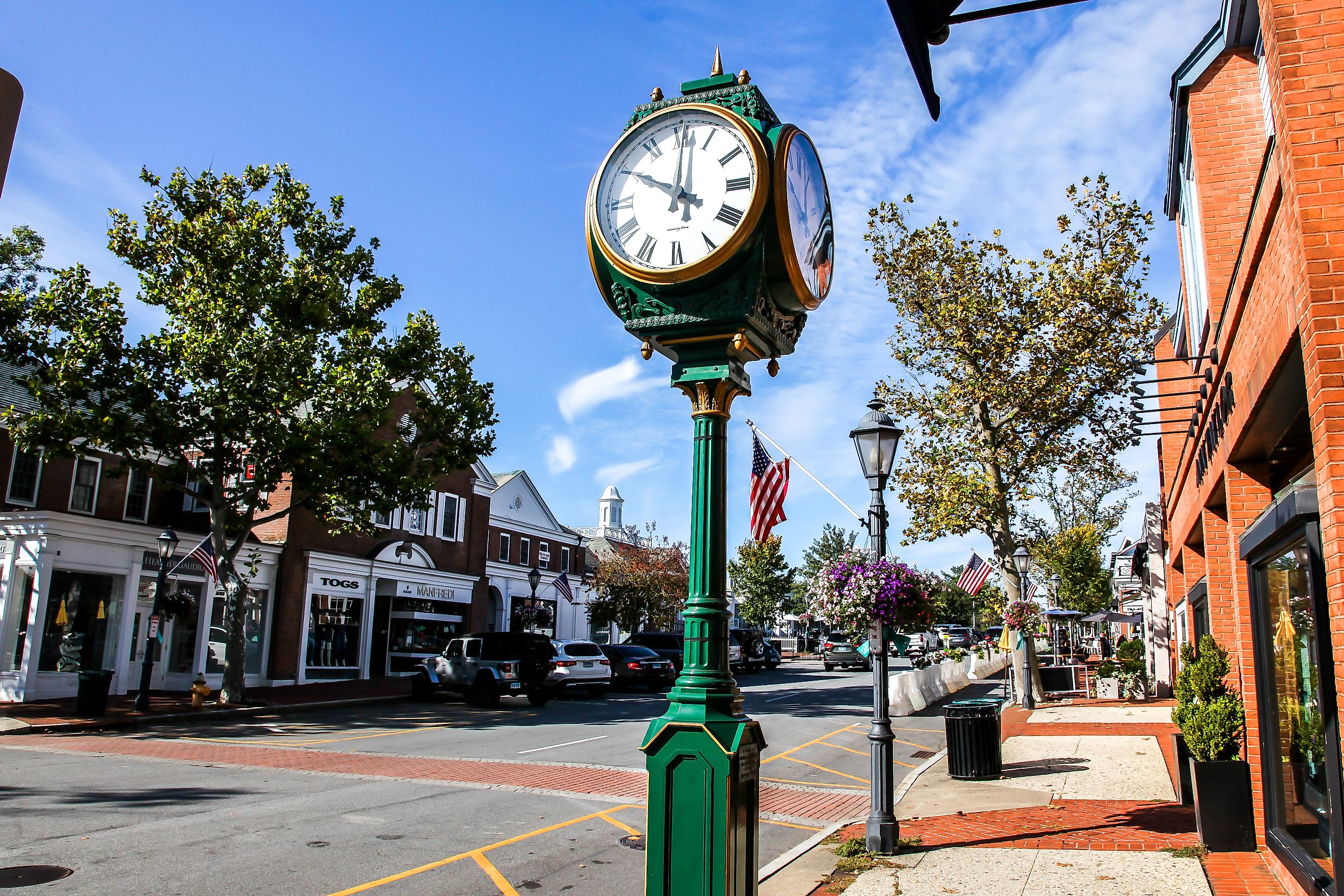
8 Bizarrely Named Towns In Connecticut
People who are curious to find out about a state's bizarrely named towns are in for a treat in Connecticut. Not only do you learn the reasons and circumstances behind the naming of these towns, but in the process, you are transported back in time to another era for just a glimpse of what life was like for those townsfolk. Then, you find out how the town makes the most of its natural gifts while embracing progress while still honoring its earliest days and founders. From Mystic to Pomfret, here is how these CT small towns came to be named.
Mystic
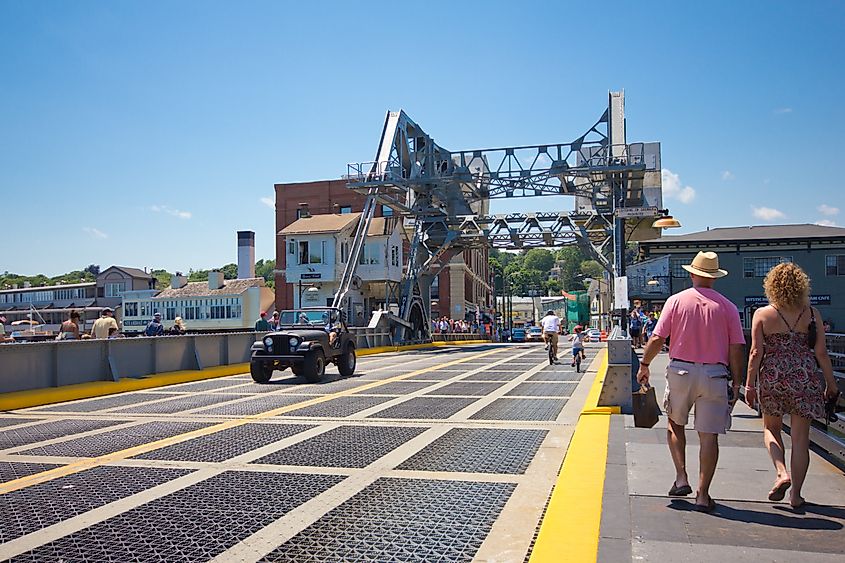
It's natural to assume that this town was named for mysticism of some sort. If you have ever seen the movie, "Mystic Pizza," however, you may remember its plot was about three girls in the town of Mystic who worked at the pizza parlor, and scenes were filmed in the town and surrounding area. Mystic got its name thanks to Native American tribes in the area who called it Missi-tuk, which meant "great tidal river." As colonists settled here, they pronounced the name more like "mystic."
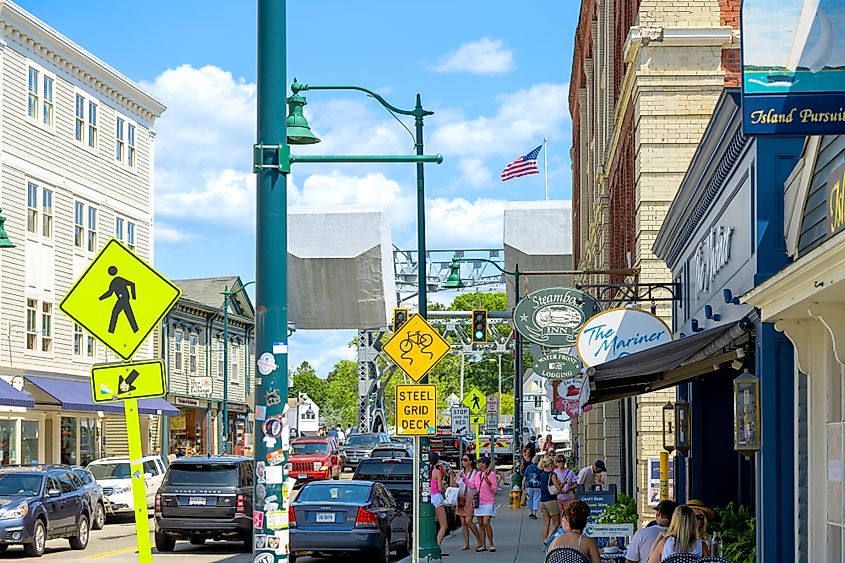
Mystic became a popular seaport and shipbuilding town. Today, Mystic is one of the four villages of the larger town of Stonington. The Mystic Seaport Museum sits where one of the shipyards once was. Small group tours for ages 10 to adult are held Fridays through March 14, from 2 pm to 3:30 pm, showcasing preservation work being done this winter. For year-round hours, tickets, and discounts, visit mysticseaport.org. Mystic Aquarium has unusual species like African penguins, Beluga whales, and Northern fur seals. Try The Mariner for a lobster roll, Chapter One for steak, and, of course, soups, salads, and pizza at Mystic Pizza's two locations.
Naugatuck
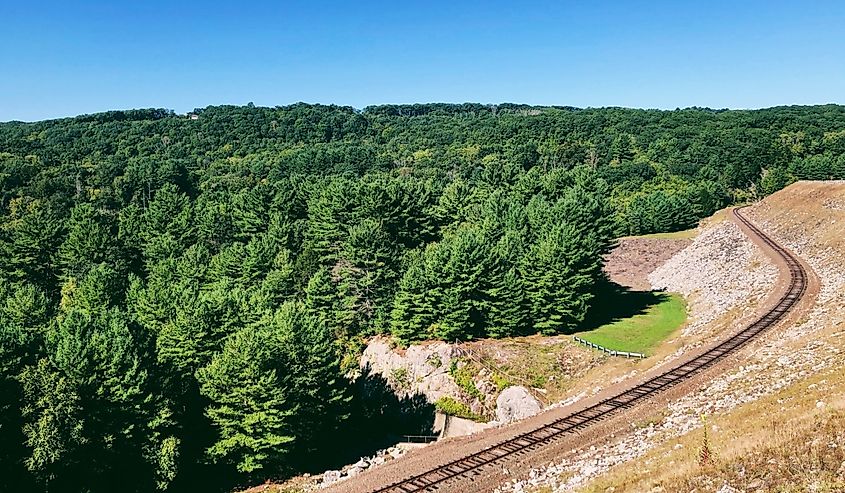
In the Algonquin language, Naugatuck means "lone tree by the fishing place." Researchers are not sure whether there was a specific tree, but the name came to mean the entire river. Naugatuck State Forest has 5,000 acres to explore, stretching across Naugatuck, Oxford, Beacon Falls, and other communities. Much of the forest is wonderfully wild and undeveloped, but it boasts trails for mountain biking, hiking, running, cross-country skiing, and snowmobiling, plus waterfalls, a bridle trail, and a shooting range. Birders also find the forest a welcome backdrop, its trees full of a wide variety of species, from sparrows to towhees to woodpeckers and more. The Naugatuck River Greenway enables walkers, runners, hikers, and mountain bikers to enjoy the scenery and experience the outdoors along the river.
If you are in town on a Saturday, stop into the Naugatuck History Museum in the historic Tuttle House, where prominent businessman and, later, state senator Bronson B. Tuttle once lived. Find out about the town's history in the manufacture of rubber and naugahyde. Admission is free. The Station Restaurant Bar (American food) is well-rated for both food and service, as is the Chiangmai Thai Restaurant.
Killingly
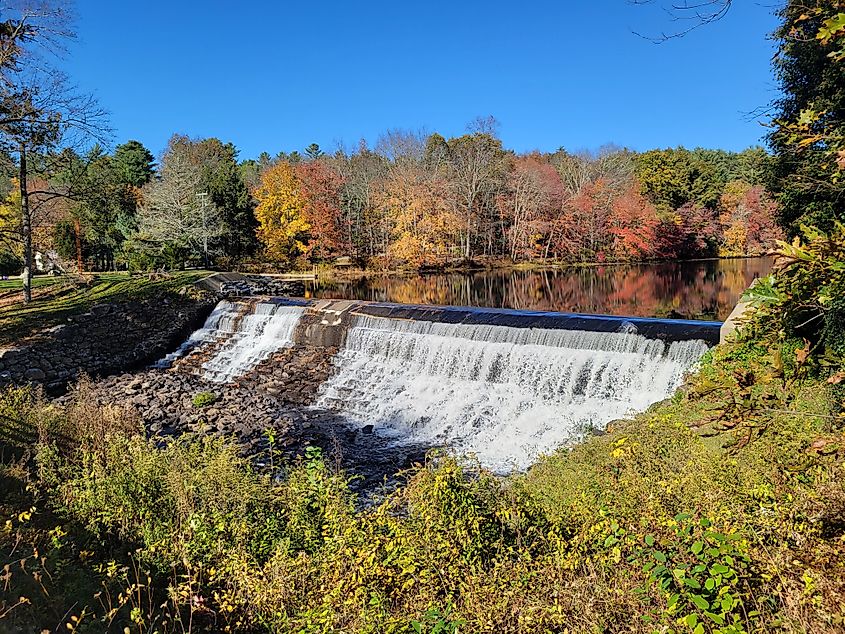
Old Daniels Dam in Killingly, Connecticut. By John Phelan, CC BY 4.0, Wikimedia Commons
When a town has "kill" in its name, it does make one wonder what went on there to prompt its name. As it turns out, the town of Killingly came to be in 1708 and was named after the town of Killinghall in Yorkshire, England. Killingly included the villages of Attawaugan, Daniel's Village (an archaeological site today), Ballouville (after millwright Leonard Ballou), Pineville, and Yosemite Valley. Killingly was known for its mills, which changed hands and purposes through the years, producing cotton corn, wool, metal fasteners like snaps and hooks and eyes, iron works, and six curtain factories that led to the town being nicknamed "Curtaintown USA. "
The Quinebaug River Trail starts in Killingly, winding along the river and through parts of town before becoming a park-like setting, with the Quinebaug River below and treetops above providing spots of shade. View abundant flora and fauna and make use of a canoe/kayak launch along the way. The New Imperial Restaurant has top ratings for both food and service. Both name-brand and quaint places to stay abound in the area, like The Stoneledge Inn in Brooklyn, CT. Built in 1870, it has timeless charm with modern updates, such as private baths for each room.
Tariffville
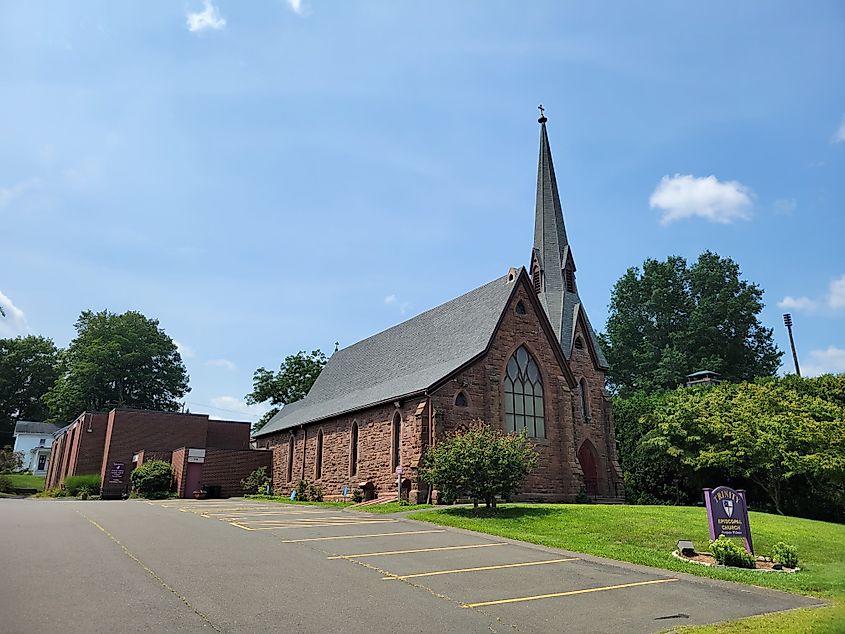
Trinity Episcopal Church in Tariffville, Connecticut. By John Phelan, CC BY-SA 4.0, Wikimedia Commons
A village in the better-known town of Simsbury, Tariffville, was originally called The Falls after the rushing rapids in the area. Then came the Tariff Act of 1824, which put sky-high taxes on imports like the wool used to make carpets. Within a year, the Tariff Manufacturing Company (named after the Tariff Act) became the first carpet mill in the US. The town of The Falls then became known as Tariffville. The mill was powered by water from the Farmington River.
The mill owners built housing for employees to live in. Four of the more upscale, Greek Revival style homes overlooking the river (built for mill supervisors and their families) can be seen in the village. In stark contrast are homes built in the Carpenter Gothic style with arched windows and gingerbread trim, which can be seen here and there around town. They represent an unusual style for Connecticut in general, and their storybook appearance is somewhat surprising for an industrial village.
Talcott Mountain State Park, in the surrounding town of Simsbury, offers hiking trails, wildlife viewing, and picnicking. Climb to the top of The HeubleinTower for a 360 degree view encompassing New Hampshire's Mount Monadnock, the Berkshires, and Long Island Sound. Try Harvest Cafe and Bakery for breakfast all day, Marco's Italian Restaurant for lunch or dinner, Old Well Tavern for great food and live music, and Present Company for an upscale dining treat.
New Canaan
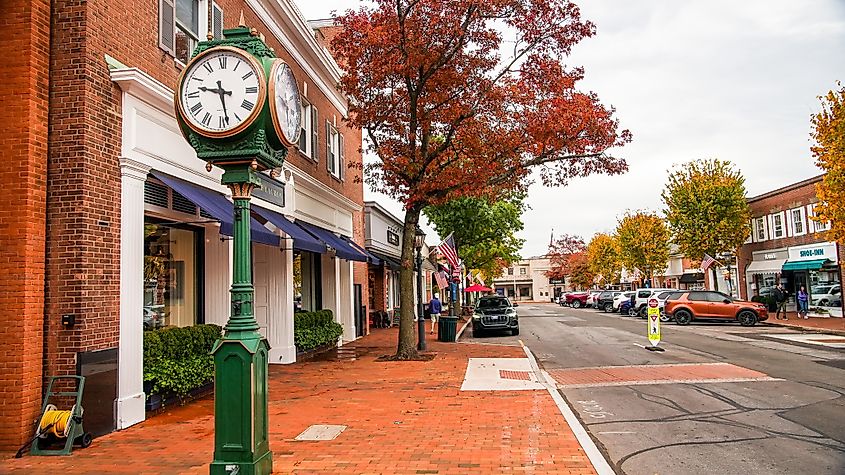
Biblical scholars know that Canaan translates to "the promised land" in Hebrew, and many colonists were religious. The area where New Canaan sits today was originally settled in 1715 as part of Norwalk and Stamford. In 1731, the state legislature approved it as Canaan Parish. Then, when it was incorporated in 1801, they named it New Canaan since there was already a town called Canaan in the state.

New Canaan became a popular summer retreat when local businesspeople financed a railroad spur from Stamford in 1890 and built large summer homes. A group of young architects from Harvard, locally called "The Harvard Five," built stunning Mid-Century Modern homes in the town. Many of these are still standing. The most famous is The Glass House, built by Harvard architect Philip Johnson. It is closed for the winter but reopens for tours on April 17. Tickets must be purchased in advance online and are for sale now. The Glass House's counterpoint, The Brick House, has been renovated and is now included on the tours, so visitors can see both as Johnson intended.
The New Canaan Nature Center has 40 acres with habitats for 50 animals, two miles of trails, butterfly gardens, wildflowers, and interactive exhibits focused on caring for nature. The Roger Sherman Inn offers both fine dining and luxurious guest rooms, and the lively downtown has 30+ restaurants as well as coffee and dessert shops.
East Haddam
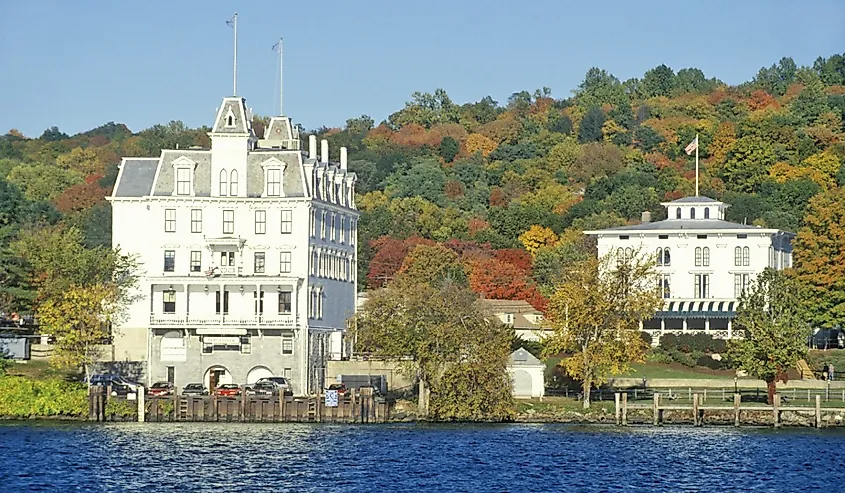
East Haddam and Haddam were one colony when a group bought the land from the Wangunk tribe in 1662 for "30 coats," valued at around $100. The tribe called the area Machimoodus, which meant "the place of noises." The area had many earthquakes at the time, and their rumblings could be heard for miles. In 1668, the townspeople chose an easier name for the town, Haddam, after the English town Great Hadham (in spite of the difference in spelling). Around 1734, the town formally split into two towns; the part on the west bank of the Connecticut River kept the name Haddam, while the part on the east bank became East Haddam.
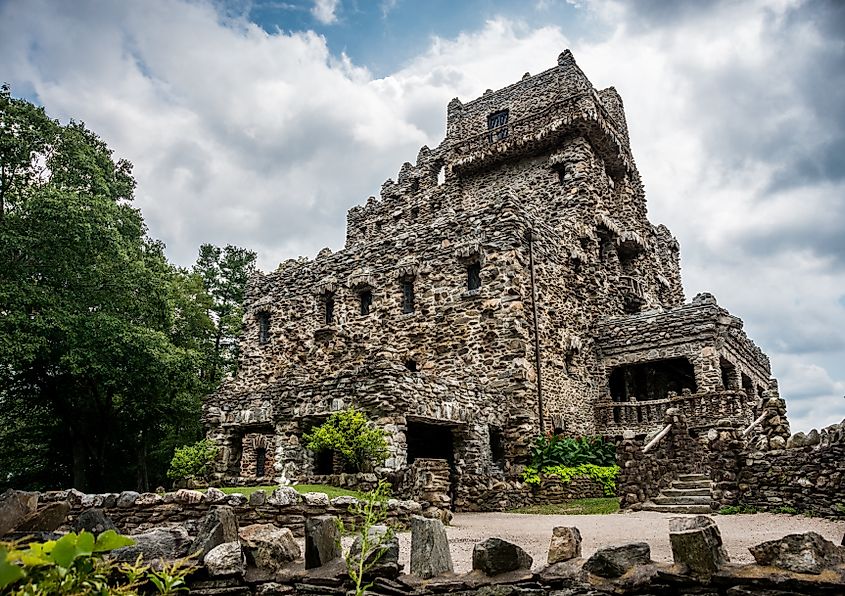
Visit Gillette Castle State Park and see actor/director/playwright William Gillette's majestic, 14,000-square-foot medieval-style castle that he built in 1914. After he died, the state purchased the castle and land to create the state park. Sitting 200 feet above the river, the views are as impressive as the castle itself. Hiking trails now replace the tracks of the miniature railroad Gillette used to make friends around the estate. (Note that admission to the park and use of trails is free, but there is a fee to tour the castle.) Gelston House Restaurant and Inn reopened on March 2 from its winter break and offered packages of meals and tickets to shows at the Opera House, like Ragtime, which was playing from April 25 to June 15.
Willimantic
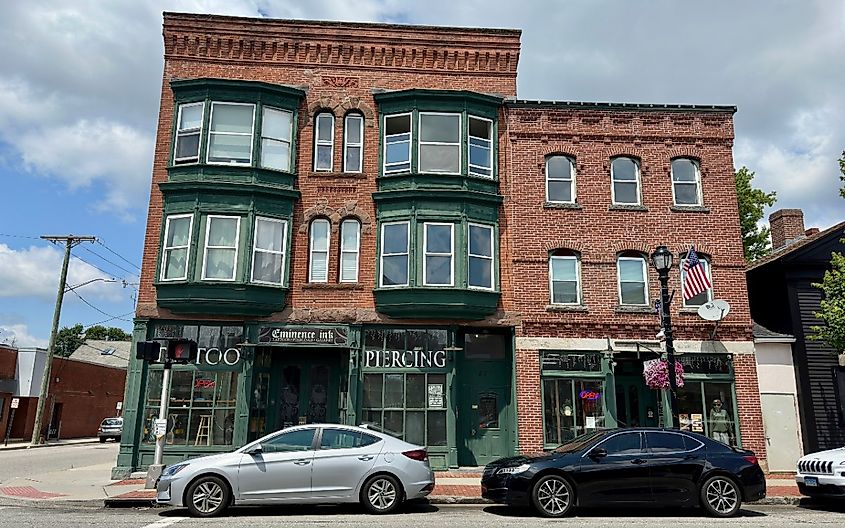
Some bizarrely named towns in Connecticut sound like three random thoughts put together, and Willimantic is a good example. Sources explain the town was named after the river, so one wonders how the river got its name. It seems that in the Algonquin language, it means "swift water" due to the waterfalls in the area. Beginning in 1825, six cotton mills were built in seven years along the river. Through the years, Europeans from many countries and Puerto Rico came to work in the mills, and the town flourished with a blend of cultures.
Willimantic has monthly streetfest on the third Thursdays of the month beginning in May. All over town are food and drinks, music and dancing on multiple stages, street performers, children's activities, and promotions at the shops and galleries. Find out the significance of the town's Od and New cemeteries. Ask locals about the frog statues on Frog Bridge and throughout the town. The Harp on Church pub serves authentic Irish food and spirits in a welcoming, celebratory ambiance.
Pomfret
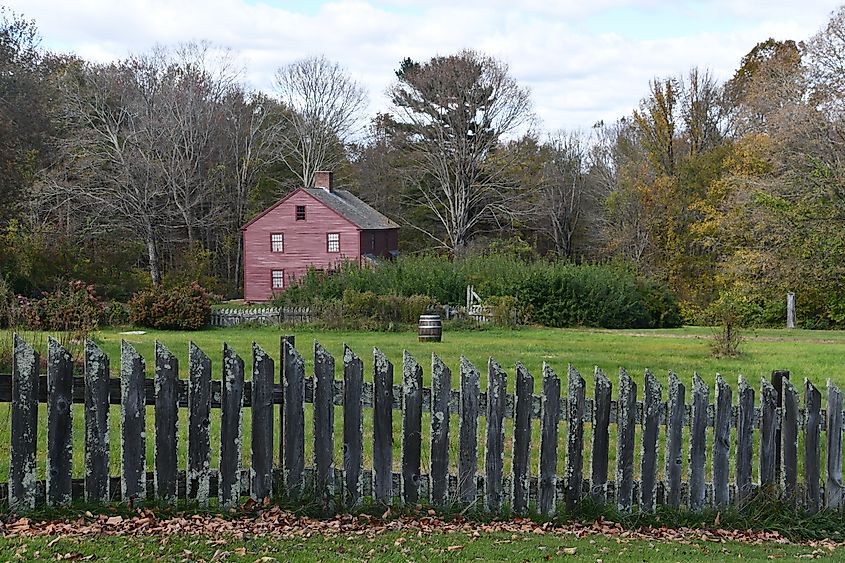
This town of 4,313 was officially named in 1713 after Governor Saltonstall's Pontefract estate in Yorkshire, England. Activity in the area had gone on since the mid-1600s, however, and the Mohegan tribe called it Mashamoquet, meaning "stream of good fishing" due to the nearby brook.
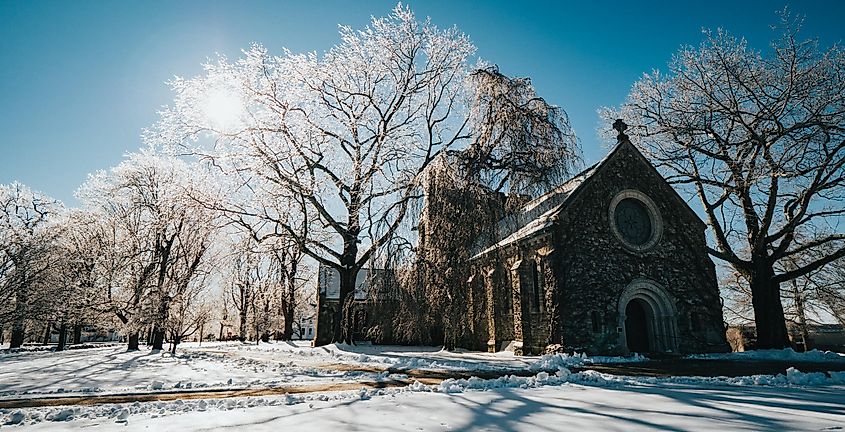
You can visit that very stream in Mashamoquet Brook State Park in Pomfret. It is still an ideal place for fishing, as well as camping, biking, boating, and hiking. Inside the 1,000-acre park is Wolf Den, the legendary spot where Israel Putnam reportedly shot and killed the last wolf in the state. The wolf had been preying on local livestock and sheep, so Putnam was considered a hero. Nearby are Table Rock and Indian Chair stone formations. While in the park, tour the Brayton Grist Mill and Marcy Blacksmith Museum.p Dennis Farm Preserve has a forest of red and black oaks and a two-mile trail.
Stop at Sharpe Hill Vineyard, the state's largest vineyard that has received hundreds of national and international awards. It is open for tastings and tours Friday through Sunday from 11am to 5 pm. Gwyn Careg Inn and Auberge at Feather Hill both have private rooms with private baths.
Laid Back to Lively
While Connecticut's bizarrely named small towns share the characteristics of their unusual names, beyond that, each is unique. Some, like Pomfret, have a rural backdrop that creates a laid-back feeling and get-away-from-it-all vibe that the town enjoys and visitors seek out. Others, like Willimantic, showcase their multicultural heritage with street fests livened with music and dancing for all. Most offer a combination, so visitors can hike, bike, and paddle and, afterward, escape to a gracious, calming inn for pampering. Whatever you crave in your travels, clearly, Connecticut has it all!
